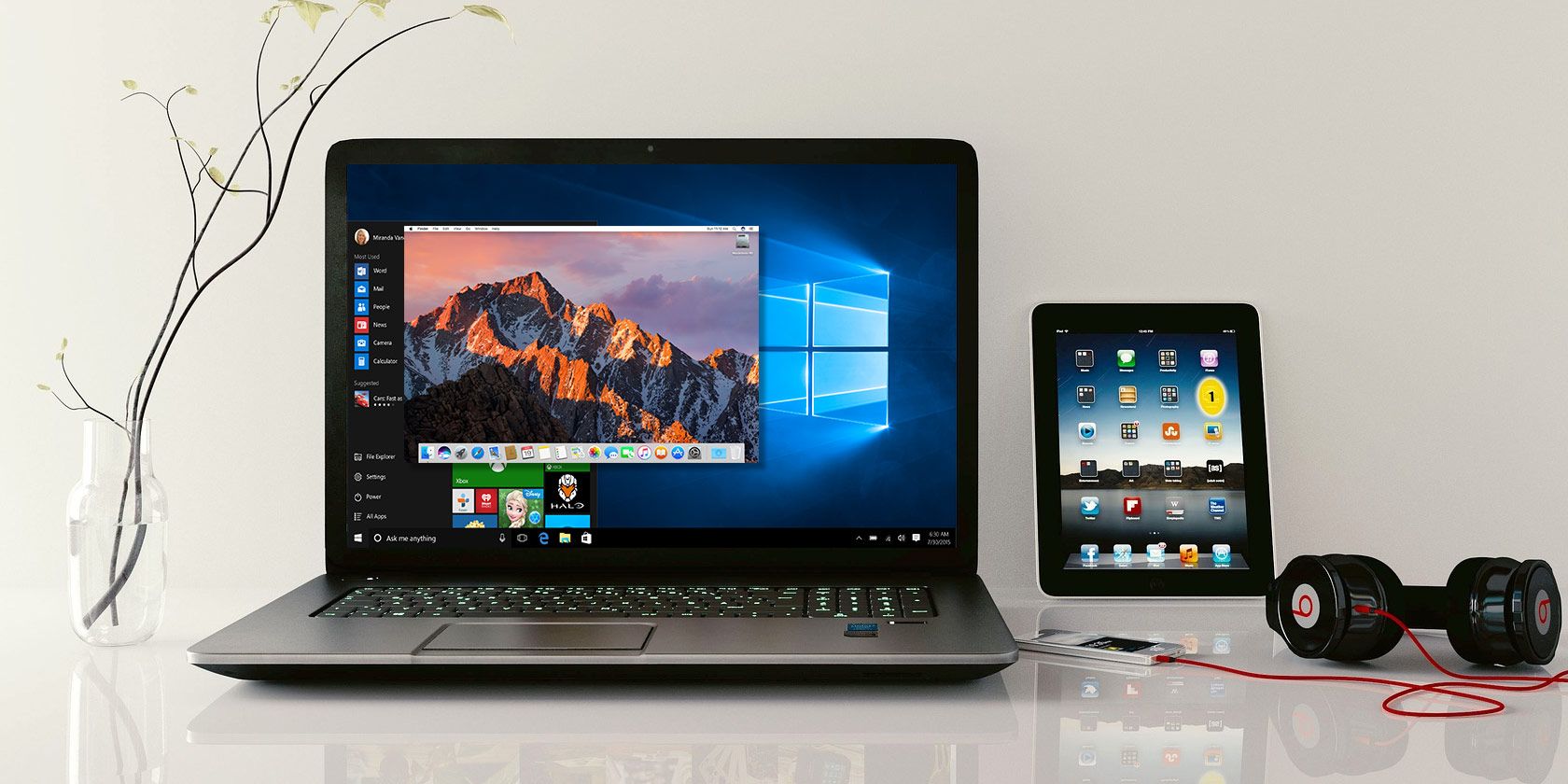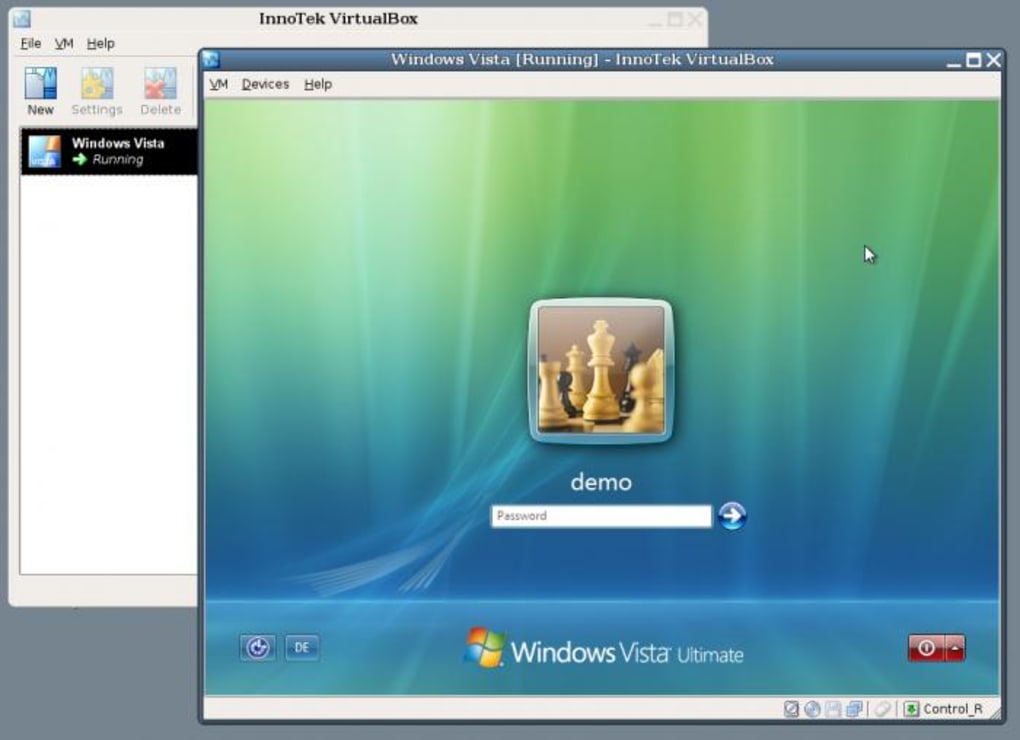


If the pool is named, "mypool" with 5 VMs, this will create VMs named mypool-1 through mypool-5. Base the pool on a template and give the pool a name and optional description.Select "General" in the left side menu bar. Click "Show Advanced Options" in the bottom of the window.To create a new pool, logon to the RHEV Management Portal.Here are the detailed steps to create a new pool of VMs after generating a template based on a reference VM sealed with Sysprep. When set up correctly, end users will see a Windows logon screen into the Active Directory domain a few minutes after powering on their virtual workstation.End users use the User Portal to access their virtual workstations, which will run the Windows mini-setup program at first-boot.Various fields in the pool creation screen control how the auto-answer file is generated.Use the RHEV Management Portal to create a pool of virtual workstations based on the template.Give the template a name and fill in other attributes as appropriate.Right-click the newly sealed VM and click "Make Template.".Use the RHEV Management Portal to create a template based on the newly sealed virtual machine.Under "Shutdown Options" select "Shutdown.".Select "Enter System Out-of-Box Experience (OOBE)".With Windows 7, run C:\windows\system32\sysprep\sysprep.exe.Seal it with Sysprep exactly like a physical system.Build a reference Windows virtual machine.Here are the general steps with RHEV to deploy a pool of virtual workstations: The size of each pool and number of pools is limited only by hardware capacity. Support for pools is a standard part of RHEV. RHEV builds a tailored auto-answer file for each virtual workstation in the pool, based on fields filled in when setting up the pool. RHEV enhances the Sysprep process by exploiting virtualization technology to deploy virtual workstations in a pool based on a single template. This Microsoft Technet article describes the Sysprep process in more detail.

An end user powers on her new computer for the first time, and it's ready to logon to the corporate domain a few minutes later.
Virtual windows 7 machine update#
Microsoft provides an auto-answer capability to automate the first-boot mini-setup experience, The auto-answer file can drive the mini-setup program with no user intervention to provide a hostname, join the end user computer to a domain, and optionally create local user accounts and set a Windows Update strategy. When end users boot the target systems the first time, the systems run a mini-setup program that prompts for attributes such as computername that must be unique across the enterprise.Deliver these target systems to end users.Duplicate the reference computer hard drive onto a group of target systems.Seal the reference computer with the Sysprep utility and shut it down.Build a reference computer with appropriate patches and layered software.System builders and corporate IT departments who need to build or deploy standardized physical Windows workstations use a process based on a Microsoft utility named Sysprep.


 0 kommentar(er)
0 kommentar(er)
